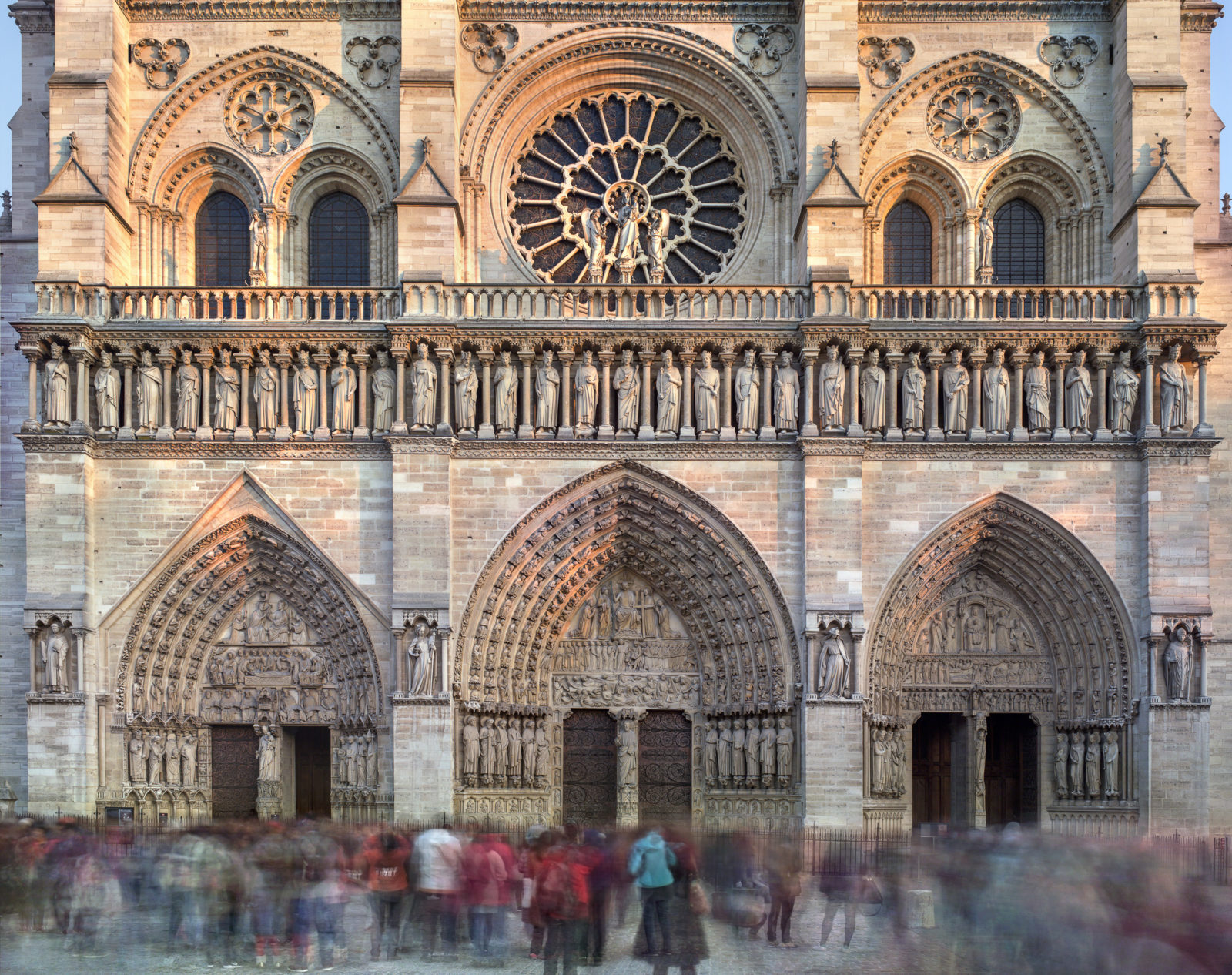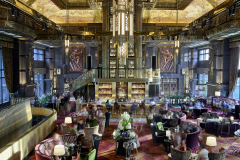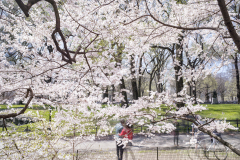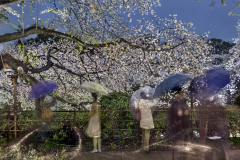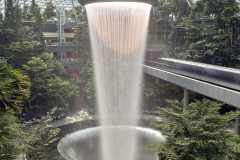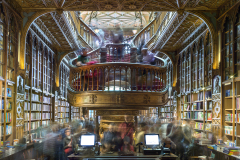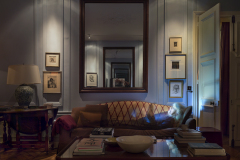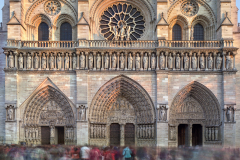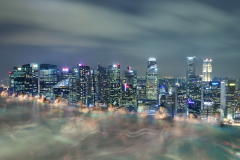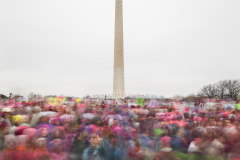Featured Photographer, News, Photographer Profile
Featured Photographer – Matthew Pillsbury
This month’s featured photographer is fine art photographer – Matthew Pillsbury. Read more about Matthew, his work, and his creative process below.
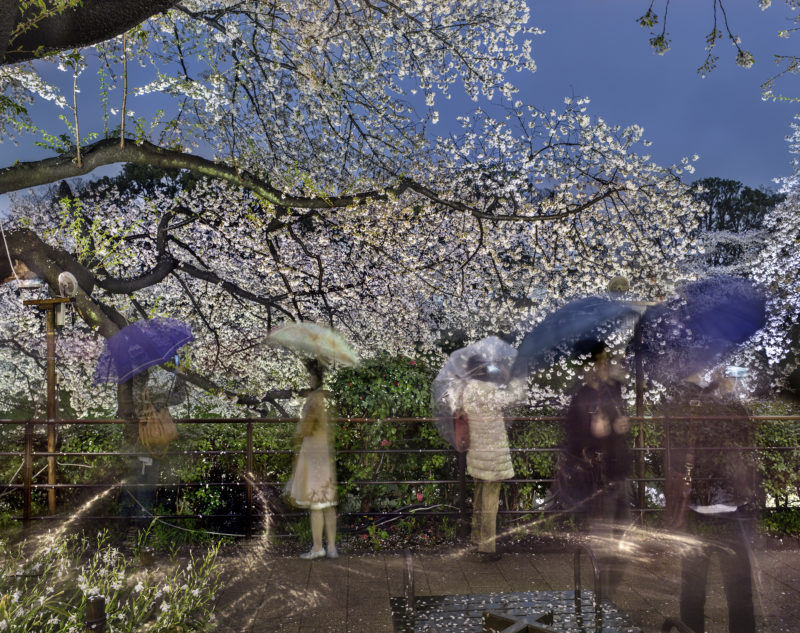
Describe your approach to photography— What makes your work unique? What makes a good image?
I make long-exposure photographs made only with available light. Across several series and in many cities, I focus on the passage of time and people within spaces both public and private. My work also questions the role that technology plays in our lives increasingly through the use of our cell phones. A good image is one that surprises me despite all the thought that went into making it.
What inspires you? Who are your influences?
I find inspiration everywhere. Growing up in Paris, I went to the cinema weekly and my visual language was developed by the many movies I saw. In terms of photography, I have been particularly drawn to work made with large format cameras from Atget, Sander, Lois Conner and Abelardo Morell. Screen Lives, my first long exposure series, was partially inspired by the Hiroshi Sugimoto movie screen photographs where the exposure was the length of the movie being shown. In those pictures, my exposure was the length of the tv show my subject’s were watching.
What was your first camera?
My first camera was the Yashica I would borrow from my father in high school. But my first real camera was the 8×10 I got my sophomore year at Yale. I think of it as my first camera because it was the first with which I made pictures that were mine. Up until then, I had been using the 35mm to make pictures that I had already seen before.
Can you think of the first time you realized the camera you owned was holding you back?
Yes– it was at the end of my intro photography semester and my teacher, Lois Conner, brought in her work. When I saw the platinum contact prints she was making from her 7×17” negatives I knew I needed to learn how to make images that had that kind of description. I needed a bigger camera myself– the 35mm wasn’t for me.
What’s a photography-related purchasing decision or experience that you regret?
A Leica 35mm; I felt like a serious photographer should own one but in fact, I was already using a large format camera and should have known that it would sit unused. The camera is a tool and it’s important to find the right one for the kind of work you want to make.
How did you make the transition to professional photography, and how did making a living from photography impact your style of shooting?
I don’t think there was a transition. I can point to the day Bonni Benrubi wanted to start showing my work as the day that I began to make a living from my work but I’m not sure that it made me any more of a professional.
What was your most difficult project?
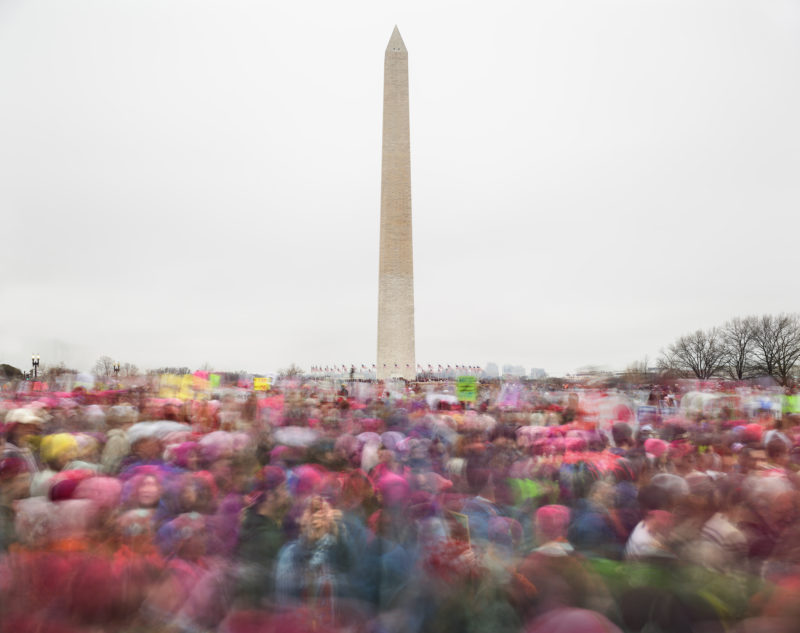
Photographing the women’s march for the New York Times Sunday Magazine. Kathy Ryan, the photo editor, kept referencing the iconic images of Martin Luther King giving his “I Have a Dream” speech. And my photos would run a month or more later when countless images would already have been published. No pressure there, and I knew there was additional pushback at them having chosen me, a man, for the assignment. But the minute I saw the stage and where it sat on a side street I knew my photo would never be from the stage, so I decided to join the marchers and photograph from within the march itself. And when people ask me about having moved from the 8×10 to a Phase One camera I point to being able to make this kind of photograph. It would not have been possible with the view camera.
If you had to do a project using the bare minimum of equipment, what would you bring?
I only need my camera and the tripod. That’s basically all I ever bring which has helped in getting access to some of the locations I have photographed.
What’s the most interesting/surprising/invaluable thing you keep in your equipment bag?
The most valuable is the camera, but the most invaluable is the chip carrying my latest photograph.
What’s one thing you wish you knew when you started out?
I have liked the journey so I wouldn’t have wanted to spoil any of it. My 20 year old self wouldn’t believe a word of what I would say.
Do you have a “Passion Project” that you enjoy working on in your free time?
My work is my passion project. I love to cook in my free time. Like photography, I find cooking to be equal parts art and science.
What’s your favorite book/movie/album that you’ve experienced recently?
I saw Moulin Rouge on Broadway and loved it. I laughed and I cried.
See more of Matthew’s work at www.matthewpillsbury.com or on his Instagram.
GALLERY

